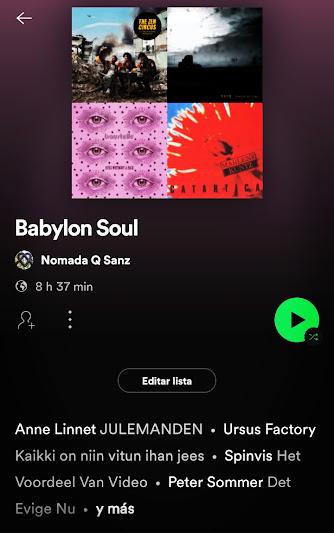The horse is perhaps the animal that has most often served as a model for a multitude of artistic manifestations. Since its slender figure was reproduced in cave paintings, made by our prehistoric ancestors.
Using rudimentary dyes made with the essences extracted from roots and plants, they painted on the surfaces of the interior of the caves. Dozens of examples have been found so far where this noble animal is represented.
Due to their great plasticity, these equines have become the inspiration for hundreds of artists. The landscape sculptor and Land Art artist Heather Jansch, picks up these same roots of our ancestors to use the form acquired in their maturation to weave sculptures of mainly adult horses.
WILD HORSES ON AN ARTISTIC JOURNEY FROM PREHISTORIC TIMES TO THE PRESENT DAY.
Heather uses roots from the woods around the Westcountry in the UK. A region where forests and steppes abound, meeting the ideal characteristics so that since the first equine populations arrived thousands of years ago, they have been used for a multitude of tasks.
In the case of the horses that serve as Heather's models, they are a selection from her own stable of horses. Horses that the artist has been passionate about since her childhood, when she also acquired a taste for art, thanks in large part to her other great passion.
READ IT IN SPANISH: Heather Jansch - Driftwood horses, la raíz del caballo salvaje
That is none other than Leonardo Da Vinci, not only one of the most important representatives of his time, the Renaissance. But in addition to his artistic facet, he was prolific in others such as alchemy, as well as contributing with his inventiveness thanks to which he patented numerous formulas and prototypes.
Whose sketches represented a great influence in his working method. Inspiration that, if you pay a little attention, among other things in the notion of movement and volume that Heather applies in each and every one of the projects she undertakes.
Practically self-taught, Heather left the art academy on the advice of her tutor. Moving to a rural environment where she reconnected with herself through art, applying the little knowledge she had about art.
In the elaboration of the series Driftwood horses, of which you can find further documentation in her book titled Heather Jansch's Diary. Where, in addition to a large amount of graphic material, the author accompanies you with reviews and a portrait of each and every one of the sculptures collected in its more than one hundred pages.
Her equestrian figures, which have been the subject of numerous exhibitions, are predominantly exhibited in natural settings, and are highly sought after not only by collectors of equestrian art. But by a diversity of private and public collectors.


















_edit_188822180547080.png)
_edit_8099193296908.jpg)





.jpg)






